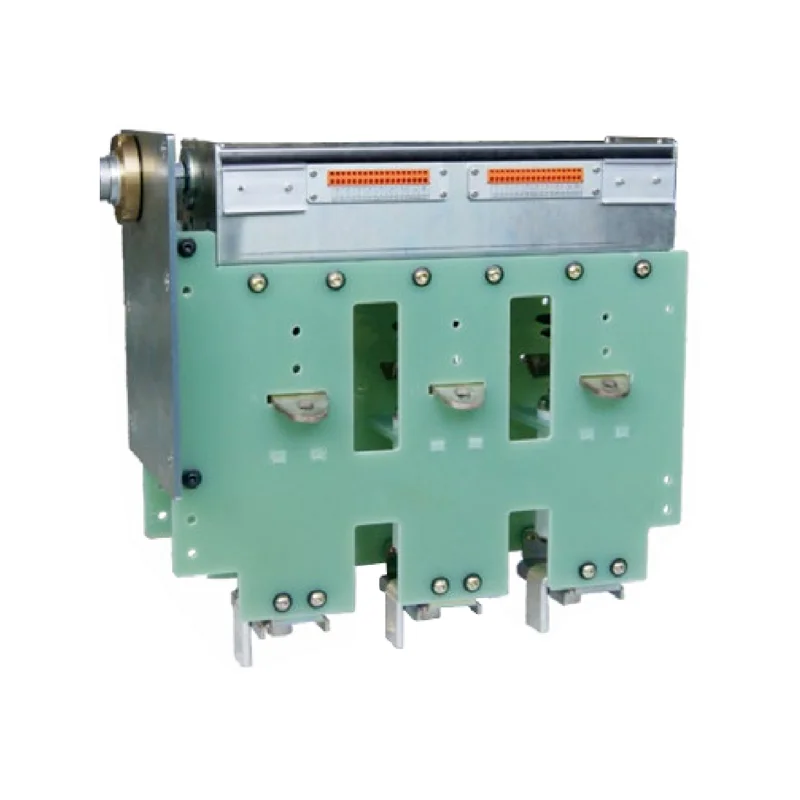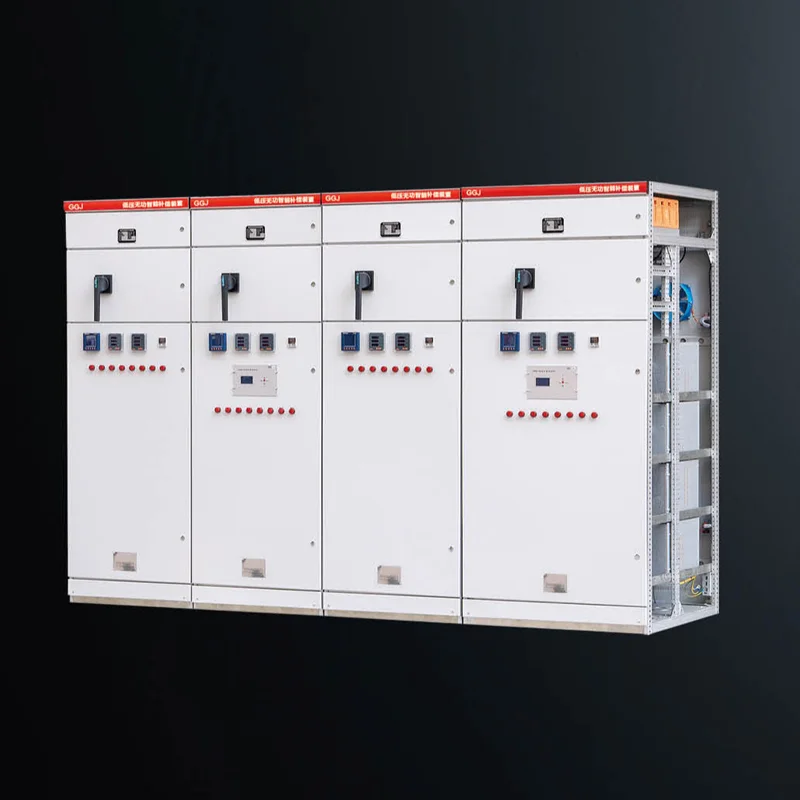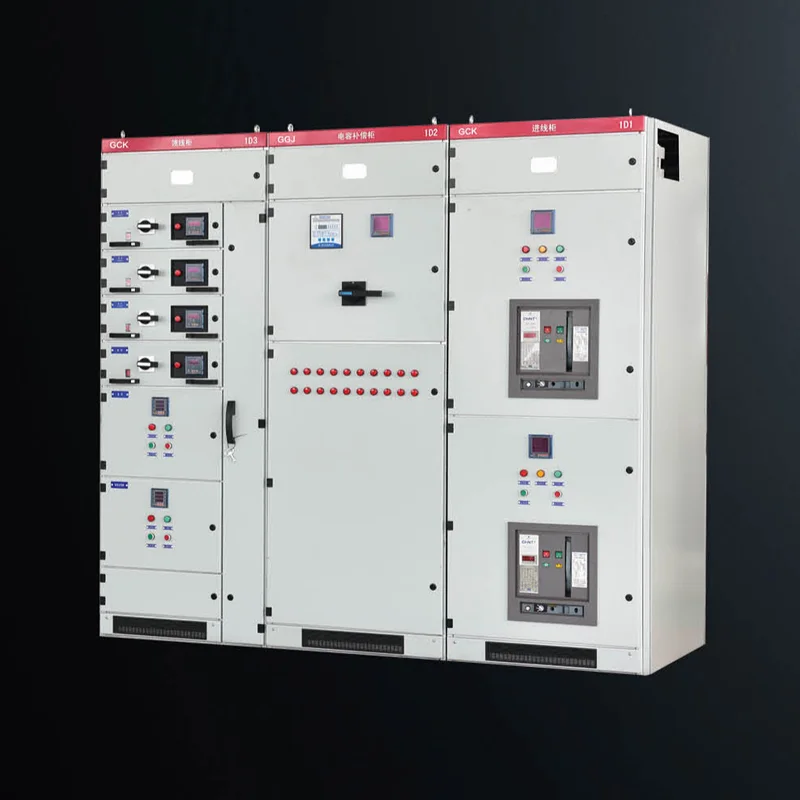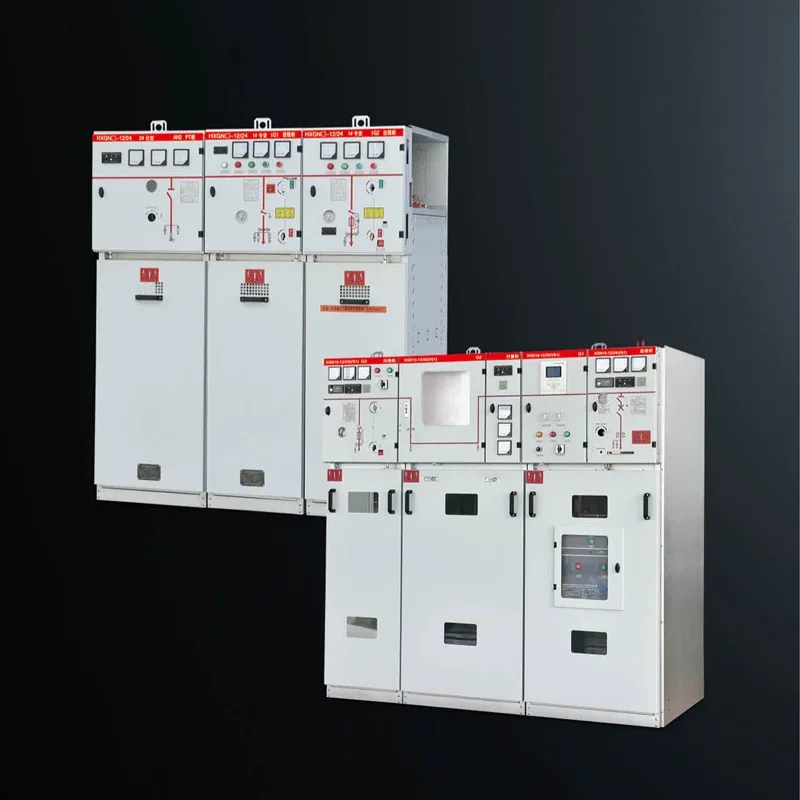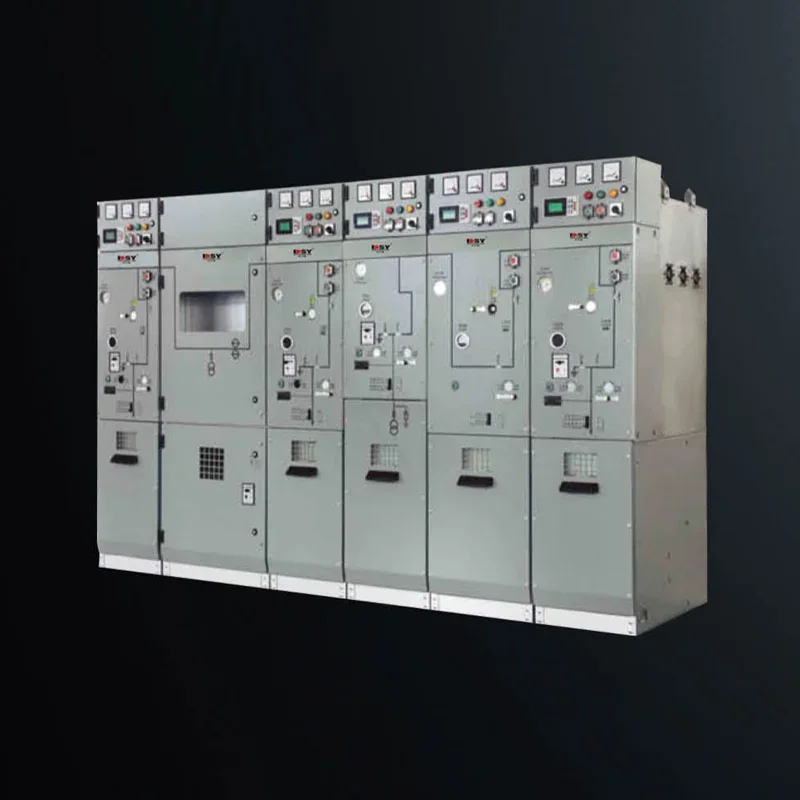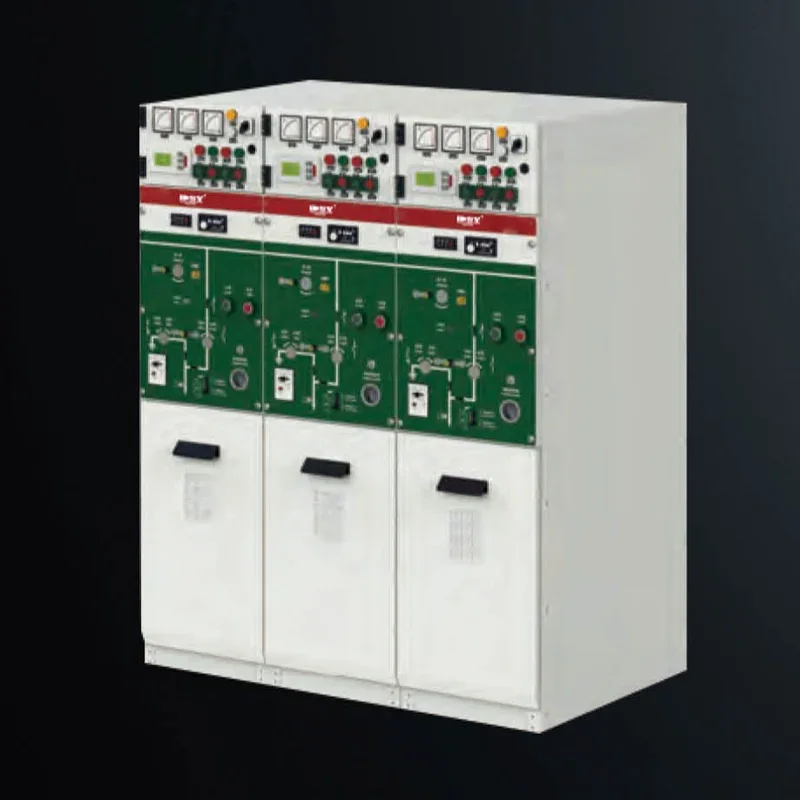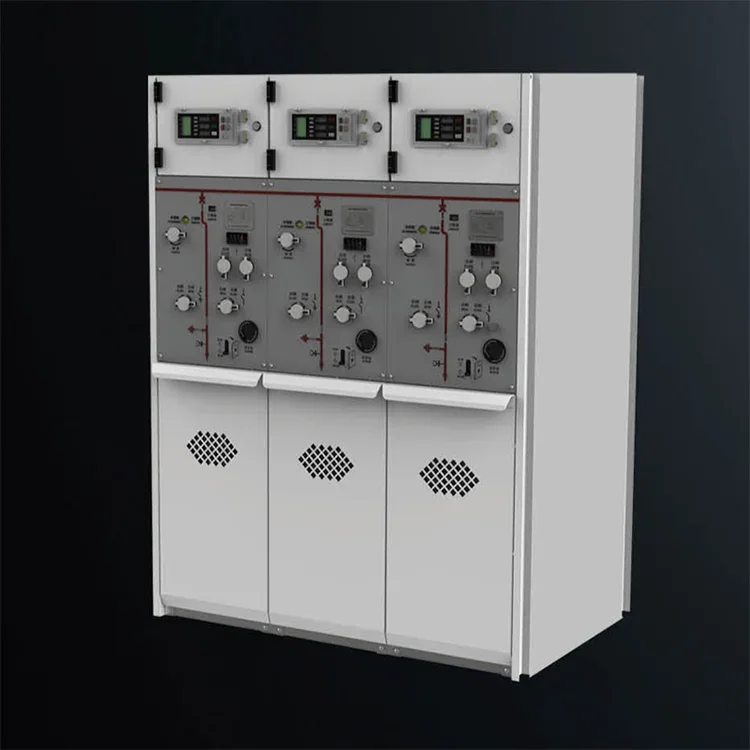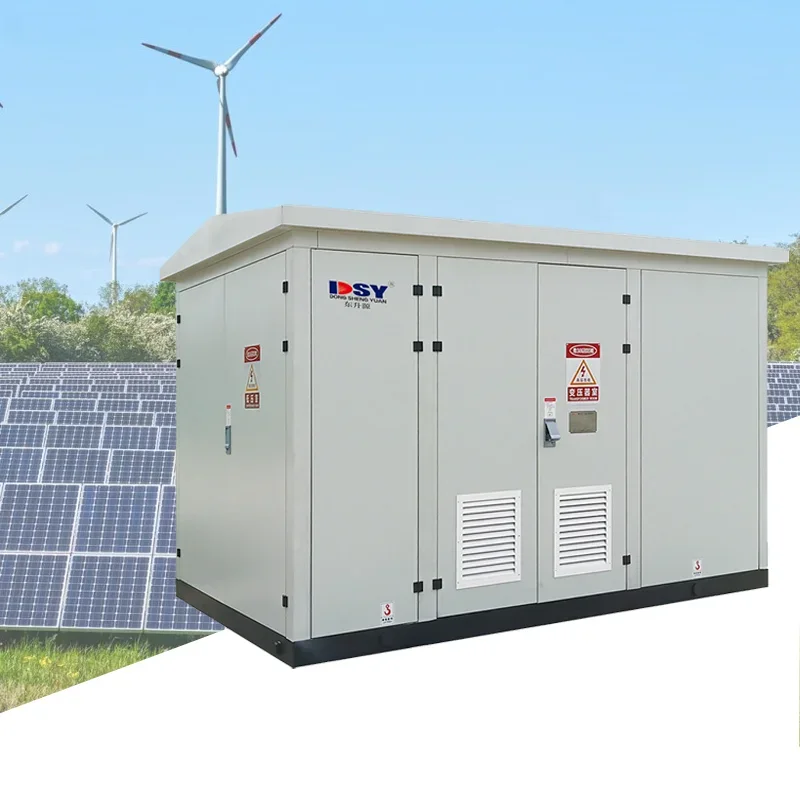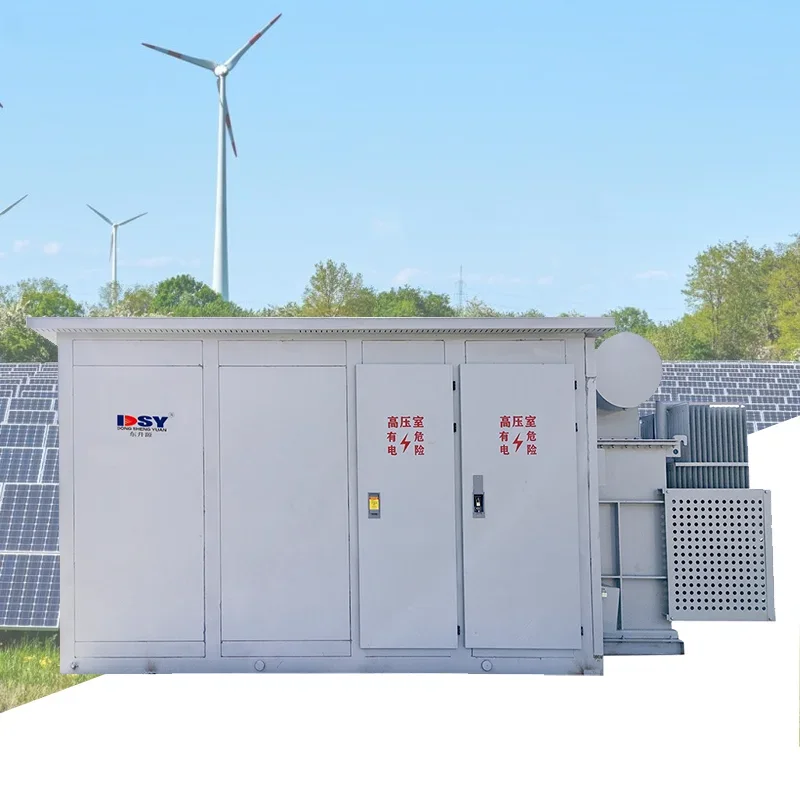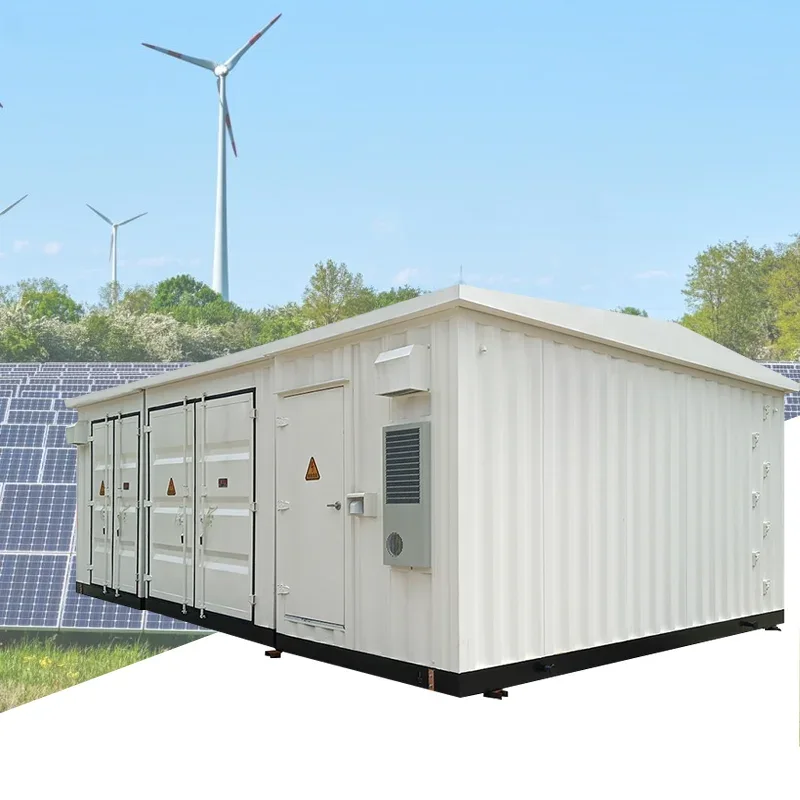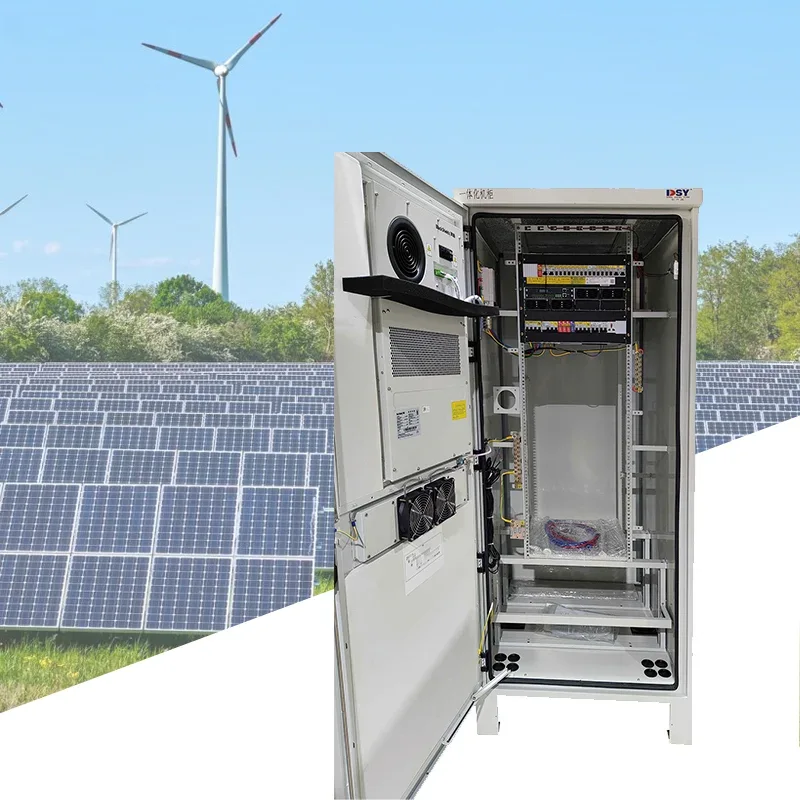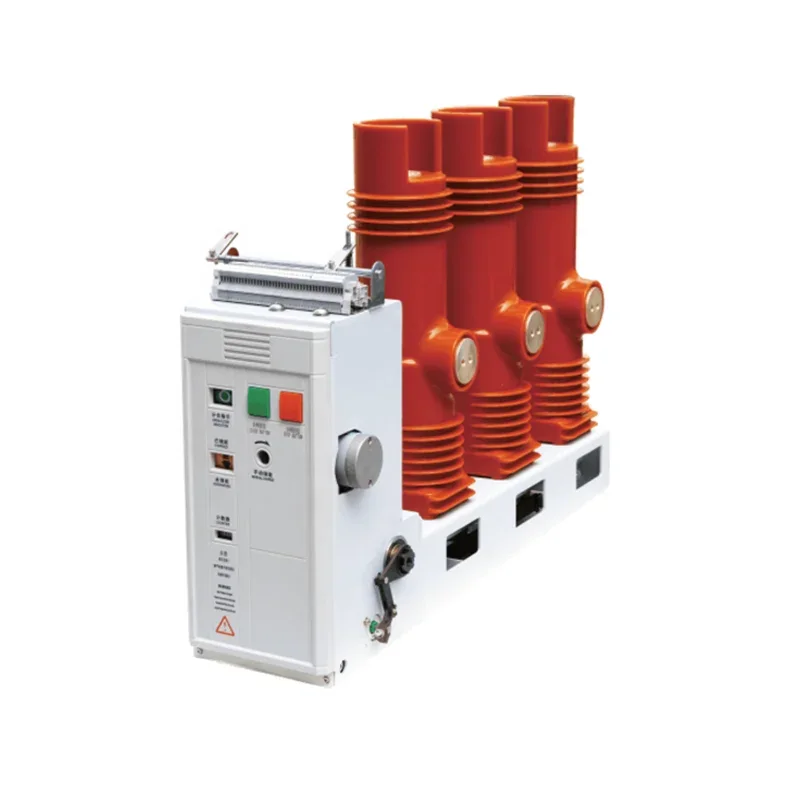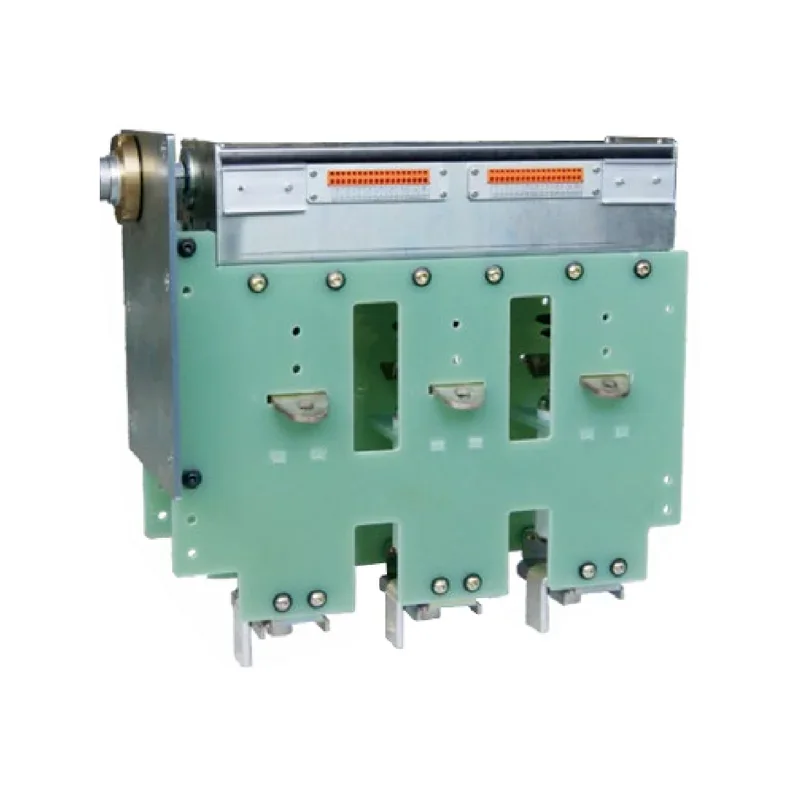Essential Guide to Choosing the Right Distribution Equipment for Your Project
Essential Guide to Choosing the Right Distribution Equipment for Your Project Table of Contents 1. Understanding Distribution Equipment 2. Importance of Choosing the Right Distribution Equipment 3. Key Components of Distribution Equipment 3.1 Distribution Boards 3.2 Circuit Breakers 3.3 Switches 3.4 Transformers 4. Factors to Consider When Choosing Distribution Equipment 4.1 Lo
May 23,2025
Essential Guide to Choosing the Right Distribution Equipment for Your Project
Table of Contents
1. Understanding Distribution Equipment
2. Importance of Choosing the Right Distribution Equipment
3. Key Components of Distribution Equipment
3.1 Distribution Boards
3.2 Circuit Breakers
3.3 Switches
3.4 Transformers
4. Factors to Consider When Choosing Distribution Equipment
4.1 Load Requirements
4.2 Environmental Conditions
4.3 Safety Standards and Regulations
5. Types of Distribution Equipment
5.1 Indoor vs. Outdoor Equipment
5.2 Smart Distribution Systems
6. Installation and Maintenance Tips for Distribution Equipment
7. Common Mistakes to Avoid When Selecting Distribution Equipment
8. Frequently Asked Questions (FAQs)
9. Conclusion
1. Understanding Distribution Equipment
Distribution equipment plays a vital role in any electrical installation. It consists of various components that facilitate the safe and efficient distribution of electrical power from the source to end-users. Understanding the nuances of distribution equipment is crucial for anyone involved in electrical engineering or project management.
Utility providers, commercial entities, and residential buildings rely on distribution equipment to manage and control electrical loads effectively. This guide will delve deeply into the intricacies of selecting the right distribution equipment for your specific project requirements.
2. Importance of Choosing the Right Distribution Equipment
Making the right choice in distribution equipment is essential for several reasons:
- **Safety**: Improperly selected equipment may lead to electrical hazards such as short circuits or overloads.
- **Efficiency**: The wrong equipment can result in energy losses, leading to increased operational costs.
- **Reliability**: Choosing high-quality equipment enhances the reliability of electrical systems, minimizing downtime.
- **Compliance**: Adhering to local and national regulations is crucial to avoid fines and ensure safety.
3. Key Components of Distribution Equipment
To make informed decisions about distribution equipment, it is important to understand its key components. These include:
3.1 Distribution Boards
Distribution boards, also known as panelboards or breaker panels, are essential for housing circuit breakers. They distribute electricity to various circuits while providing essential protection against overloads. When selecting a distribution board, consider its capacity, the number of circuits it can accommodate, and its compliance with local electrical codes.
3.2 Circuit Breakers
Circuit breakers are critical for interrupting electrical flow in case of a fault. They come in various types, including thermal, magnetic, and residual current devices (RCDs). Each type serves a specific purpose, and choosing the right one is essential for maintaining safety and functionality.
3.3 Switches
Switches control the flow of electricity to different parts of an installation. They can be manual or automated and are available in various designs to suit different applications. When selecting switches, consider factors such as load capacity, durability, and ease of use.
3.4 Transformers
Transformers are devices that alter voltage levels to ensure compatibility between the power supply and the equipment being powered. Selecting the appropriate transformer size and type is crucial for the efficiency of the entire electrical system.
4. Factors to Consider When Choosing Distribution Equipment
A structured approach is necessary when selecting distribution equipment. Here are key factors that should influence your choices:
4.1 Load Requirements
Understanding the load requirements of your project is the first step in selecting distribution equipment. Calculate the total load expected, factoring in future expansions, to ensure that the equipment can handle the demand without overloading.
4.2 Environmental Conditions
Environmental factors, such as humidity, temperature, and exposure to dust or chemicals, will affect the lifespan and performance of distribution equipment. Always choose equipment rated for the specific environmental conditions of your installation site.
4.3 Safety Standards and Regulations
Compliance with local, national, and international safety standards is non-negotiable. Familiarize yourself with the relevant codes and regulations that govern distribution equipment installation and operation to ensure that your project meets legal and safety requirements.
5. Types of Distribution Equipment
Understanding the different types of distribution equipment available can help streamline your selection process:
5.1 Indoor vs. Outdoor Equipment
Indoor distribution equipment is specifically designed for protected settings, while outdoor equipment is built to withstand environmental elements. Ensure you select the correct type based on the installation environment.
5.2 Smart Distribution Systems
With advancements in technology, smart distribution systems are gaining popularity. These systems offer enhanced monitoring, control, and automation capabilities, allowing for real-time adjustments and improved energy efficiency.
6. Installation and Maintenance Tips for Distribution Equipment
Proper installation and regular maintenance are crucial for ensuring the longevity and reliability of distribution equipment. Here are some important tips:
- **Professional Installation**: Always hire qualified electricians for installation to ensure compliance with safety standards.
- **Regular Inspections**: Schedule routine inspections to identify potential issues before they escalate.
- **Protective Measures**: Use surge protectors and grounding systems to protect against electrical surges and faults.
- **Documentation**: Keep comprehensive records of all installations, inspections, and maintenance activities for future reference.
7. Common Mistakes to Avoid When Selecting Distribution Equipment
Avoiding common pitfalls can save time, money, and energy. Here are mistakes to steer clear of:
- **Underestimating Load Needs**: Failing to account for future load increases can lead to equipment failure.
- **Ignoring Safety Standards**: Non-compliance can result in serious safety hazards and legal repercussions.
- **Neglecting Environmental Considerations**: Always choose equipment appropriate for environmental conditions to prevent premature failure.
- **Choosing Cost Over Quality**: Prioritizing low cost over quality can lead to increased long-term expenses.
8. Frequently Asked Questions (FAQs)
1. What is the role of distribution equipment in electrical systems?
Distribution equipment plays a critical role in managing and distributing electrical power safely and efficiently from the source to end-users.
2. How do I determine the load requirements for my project?
Calculate the total anticipated load by adding the wattage of all devices and appliances that will be connected to the system, including potential future expansions.
3. Are there specific safety standards I need to follow when selecting distribution equipment?
Yes, local and national electrical codes provide guidelines that must be adhered to for safety and compliance.
4. Can I install distribution equipment myself?
It is recommended to hire a qualified electrician to ensure proper installation and compliance with safety regulations.
5. What maintenance is required for distribution equipment?
Regular inspections, cleaning, and testing of circuit breakers and other components are essential for maintaining the reliability of distribution equipment.
9. Conclusion
Choosing the right distribution equipment is a critical aspect of any electrical project. By understanding the components, considering key factors, and avoiding common mistakes, you can ensure the safety, efficiency, and reliability of your electrical systems. This comprehensive guide serves as a valuable resource for making informed decisions. Prioritize quality, compliance, and proper installation to set your project up for success in the ever-evolving landscape of electrical distribution.
Related News
The difference between circuit breakers and vacuum circuit breakers
Circuit breaker is an abbreviation for pole type circuit breaker. Circuit breakers are also vacuum circuit breakers
Voltage regulators are required for various places that require voltage control, such as controlling lighting

